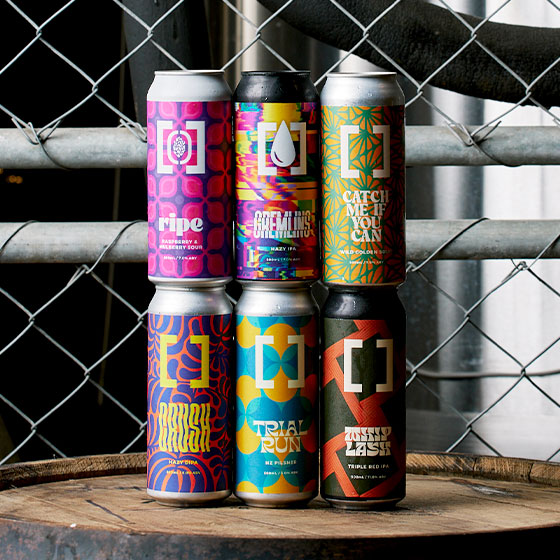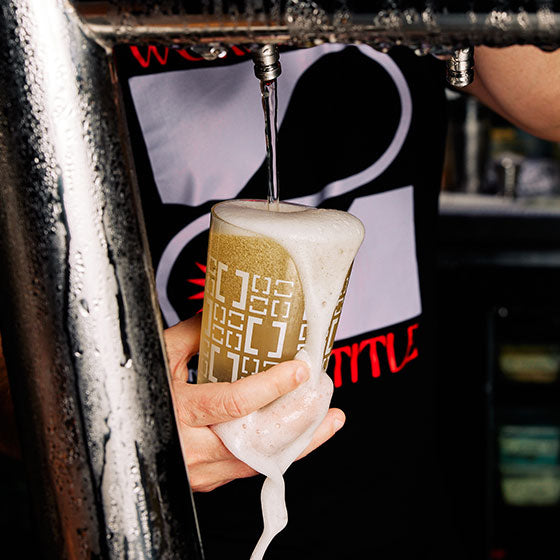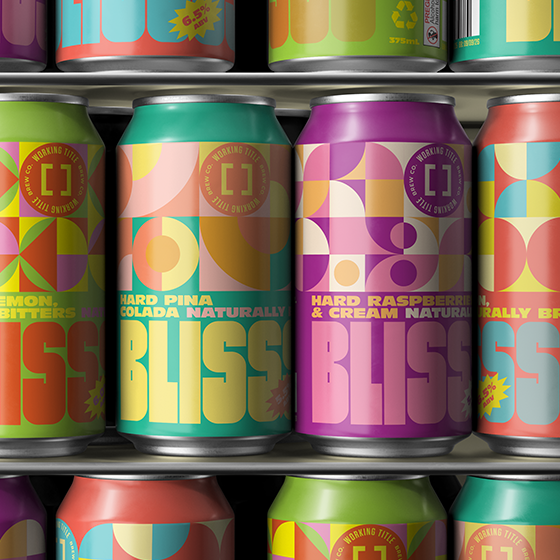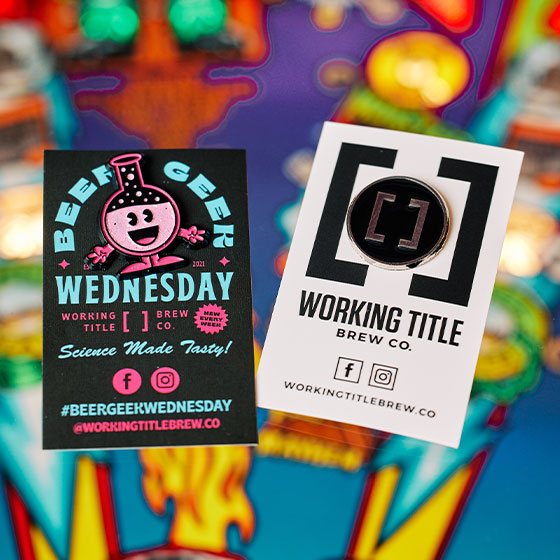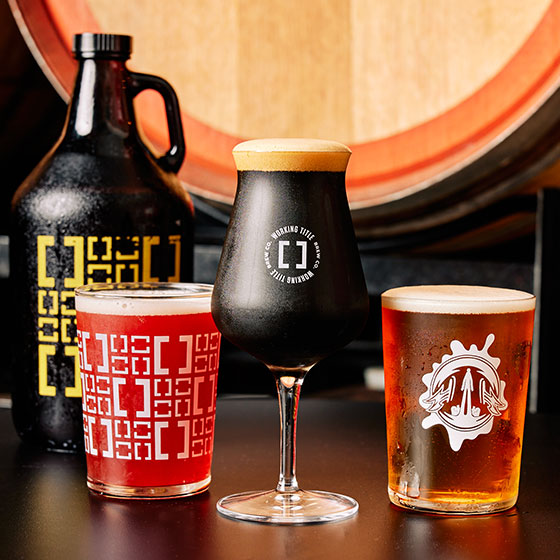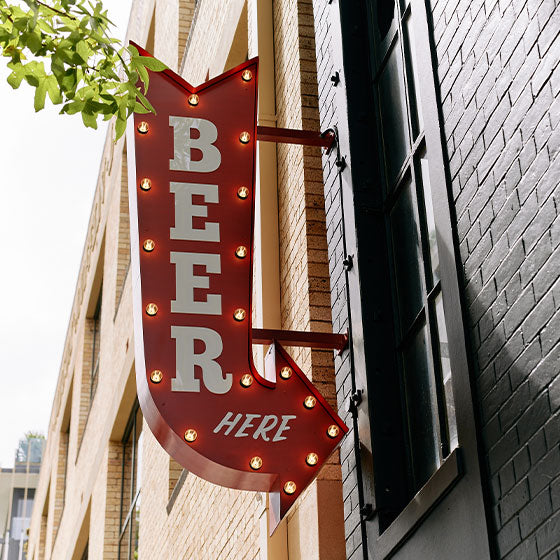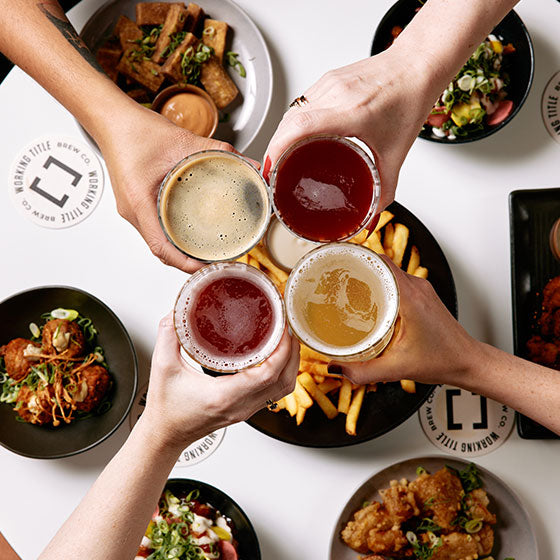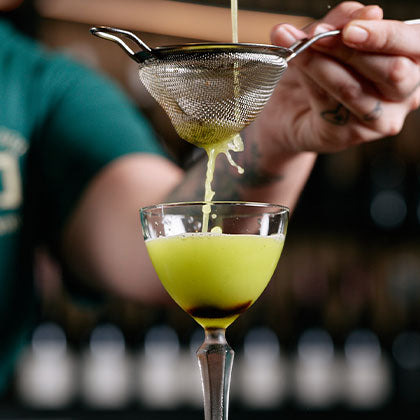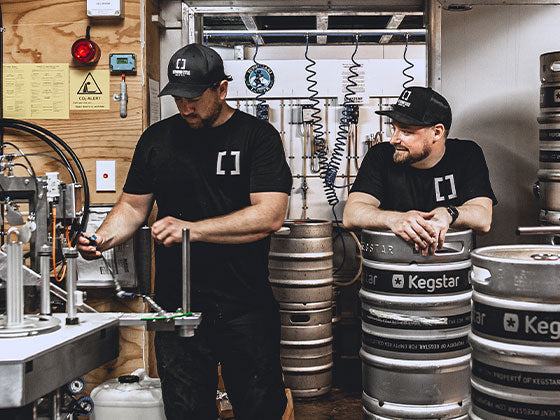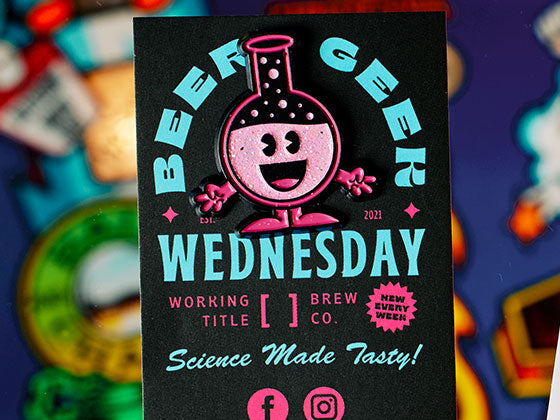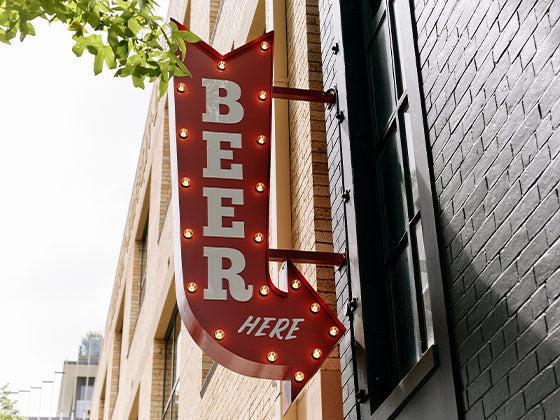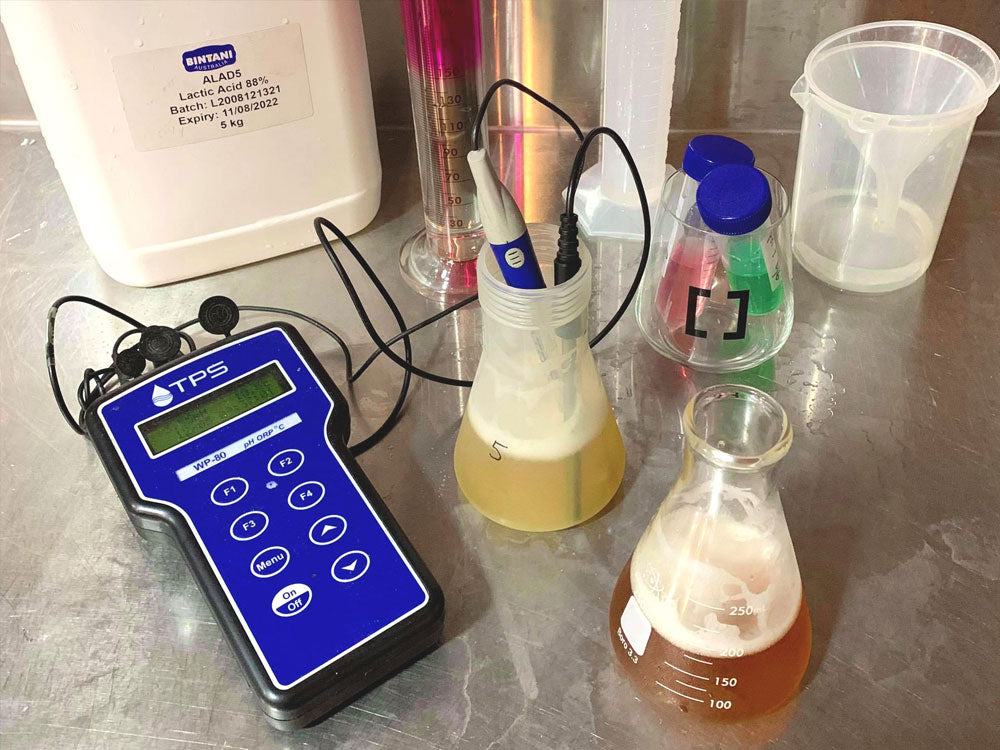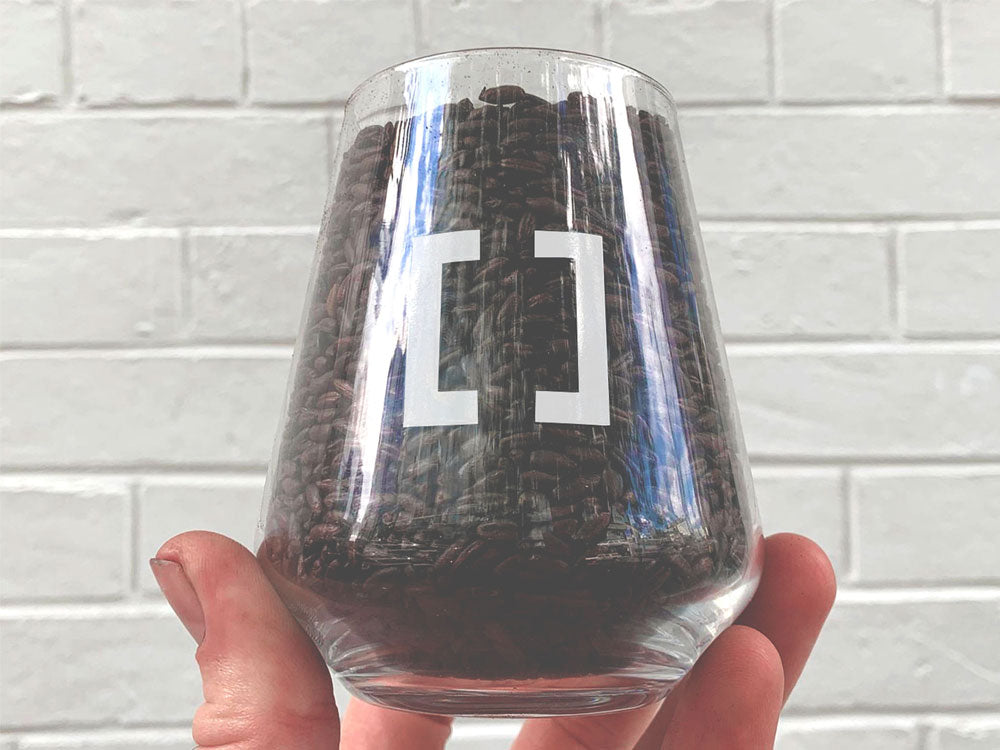Mmmmmm. My favourite! Or at least my go to; the old American IPA, aka West Coast IPA. I’ve been wanting to make this since the very first day of Working Title (a whopping 3 months ago).
Before East Coast was imposed on the brewers vernacular, West Coast was simply “American IPA”. American IPA all started at Anchor Brewing in San Fran, where the guys wanted to make an English IPA with these new fangled American hops. They also employed the old English technique of dry hopping (adding hops to the fermenter/cask). The hops in question; Cascade, the year in question; 1971.
Following this IPA epoch, Sierra Nevada went one better, with whole cone Cascade in an “extreme” Pale Ale, followed by new technology for dry hopping as the yanks grew a thirst for these new hops. Cascade was joined by Centennial and Columbus, and later Chinook and Citra, which all focused on pine, resin and citrus hop character.
Our unwitting thirst for pine and bitterness resulted in the absurd, such as Mikkeller’s 1000 IBU, and a taste for pure iso-alpha-acid. And so when the East Coast pretty boys brought out their soft, delicate counter, everyone rushed for the juice train. After a decade of the East infiltrating the IPA canvas, the pendulum is ever so slightly shifting back. And it’s a wonder to see, East and West, holding hands for a more flavoursome world.
Our Westy pays tribute to the American IPAs of old. With a savoury malt backbone, it is a cavalcade of pine, resin and grapefruit. The bitterness is firm but, unlike the older examples, held in check – a modern interpretation. Classic hops Mosaic, Citra and Simcoe play with their younger siblings, Strata and Nectaron. Evolving something great for the enjoyment of all.
Go West, where the sky’s are IBU.

